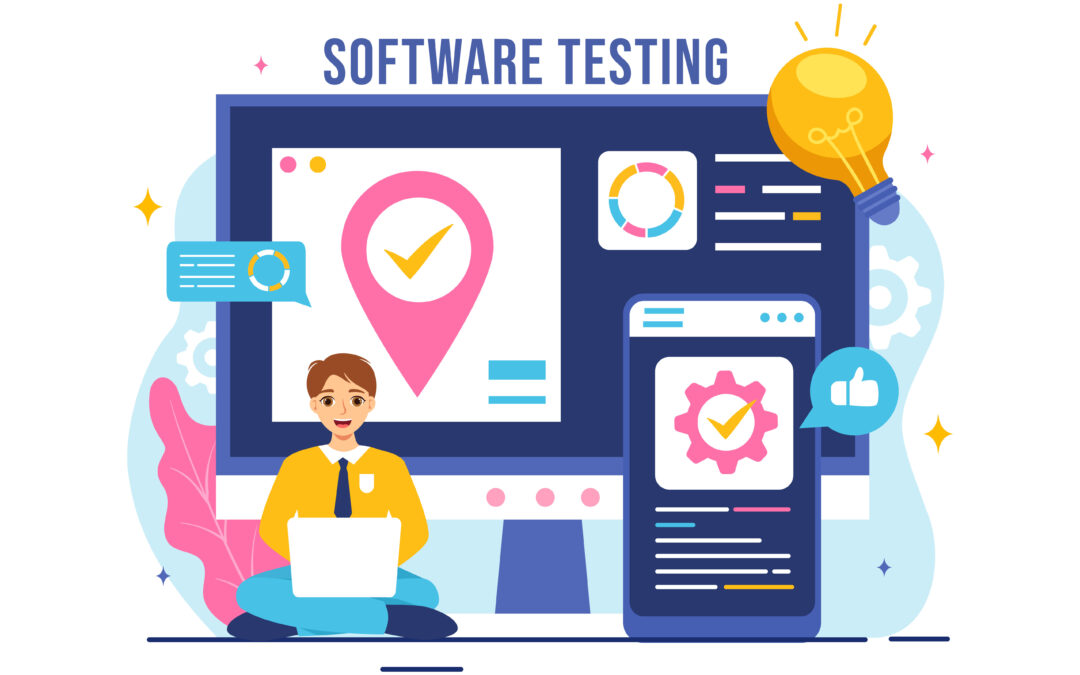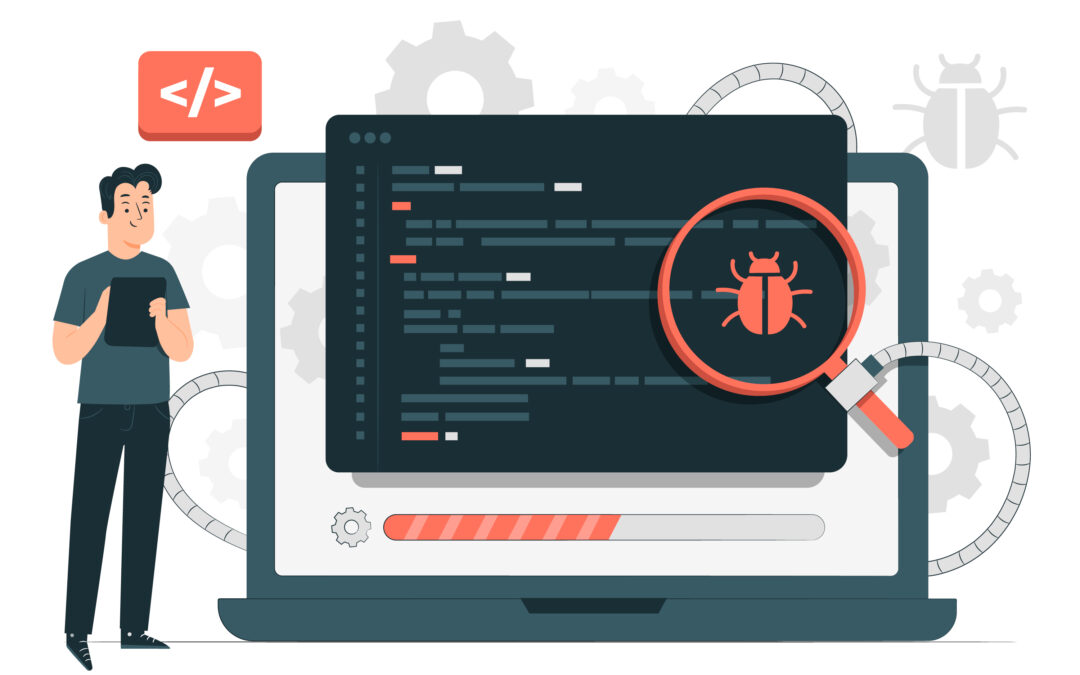
Best Software Testing Online Courses for Developers, Testers, and Architects
This article provides the necessary path for enhancing your software testing career. The correct online course serves as a breakthrough solution for developers who want to code without errors and testers who want to advance their skills and architects who want to guarantee quality software design.
Through my two decade experience working for MNCs I have observed how proper training can manage career development. This article provides insights about top online software testing courses at Niche Thyself which are organized according to specific roles to help users choose courses matching their career direction.
1. Why Software Testing Skills Matter in 2025 and Beyond
The process of writing unit tests together with learning test automation by developers allows developers to detect bugs in advance which saves time that would have been dedicated to later bug identification.
Software testers who learn automation and perform security testing and conduct performance testing will advance their career prospects.
Architects who want to create scalable structures with testing capability must fully understand different testing approaches.
The development landscape demands contemporary testing strategies because AI-driven tests and cloud applications along with DevOps have become prevalent in the market. Test automation and security compliance along with performance engineering have led many companies to adopt automated testing as their digital development now offers high career mobility in software testing.
The industry now lives under the influence of modern developments including DevOps-based continuous testing and AI-controlled test automation as well as cloud-based testing settings. The job market currently seeks testers who can implement testing through all stages of software development lifecycle (SDLC).
Real-world Impact
→ Through automated testing implementation the leading e-commerce company eliminated 40% of its production bugs when they added it into their CI/CD release process.
→ Organizational application security improved by 30% after the fintech startup implemented penetration testing best practices.
→ Performance testing of a healthcare software-as-a-service enhanced application speed so users could navigate from 5 seconds down to under one second.
The current investment in a proper software testing course provides prospective students with exceptional industry advantages as technology continues to transform.
2. Software Testing Courses for Developers at Niche Thyself
1. Test Automation with Selenium and Java
- Course: Selenium with Java
- What You’ll Learn:
- Web automation using Selenium WebDriver
- Integrating Selenium with TestNG for efficient test execution
- Implementing Page Object Model (POM) for scalable automation frameworks
- Best practices for handling dynamic elements, waits, and exceptions
- Who Should Take This Course?
- Developers aiming to implement UI test automation
- Testers transitioning from manual to automation
- Example Use Case: Imagine you are currently developing a travel booking website that enables user searches for flight and hotel solutions. Selenium provides automation abilities to create tests that validate users can complete the search process followed by ticket booking and payment steps automatically.
2. Advanced Test Automation Frameworks
- Course : Advanced Automation Frameworks
- What You’ll Learn:
- Designing robust, reusable test automation frameworks
- Implementing keyword-driven, data-driven, and hybrid frameworks
- Continuous integration with Jenkins for automated test execution
- Integrating reporting tools for detailed test analysis
- Who Should Take This Course?
- Developers and automation engineers looking to enhance their automation capabilities
- Senior testers who want to develop custom test frameworks
- Example Use Case: The banking institution employs an updated keyword-driven system to check thousands of financial transactions each day for both regulatory compliance and proper execution.
3. API Testing with RestAssured and Postman
- Course : API Testing
- What You’ll Learn:
- Fundamentals of REST API testing
- Automating API test cases using RestAssured
- Validating API responses using JSON and XML assertions
- Continuous API testing with Postman and Newman
- Who Should Take This Course?
- Developers working with microservices and APIs
- Testers looking to specialize in API automation
- Example Use Case: The fintech company merges API testing with its release pipeline to perform security and performance validations of payment gateway responses before new releases.
3. Software Testing Courses for Testers at Niche Thyself
1. Selenium WebDriver with Java
- Course : Selenium WebDriver
- Why This Course?
- Covers real-world automation projects
- Includes hands-on assignments and expert-led mentoring
- Example Use Case: Automating regression test cases for an online banking platform to ensure seamless transactions.
2. Performance Testing with JMeter
- Course: JMeter Performance Testing
- Why This Course?
- Learn to simulate thousands of concurrent users
- Optimize system performance with in-depth analysis
- Example Use Case: Testing a shopping website’s performance during Black Friday sales to ensure it can handle peak traffic without crashing.
3. Security Testing and Ethical Hacking
- Course: Security Testing
- Why This Course?
- Learn penetration testing, security scanning, and vulnerability assessments
- Hands-on training with real-world security challenges
- Example Use Case: Identifying SQL injection vulnerabilities in a banking application to prevent data breaches.
4. Software Testing Courses for Architects at Niche Thyself
1. DevOps and Continuous Testing
- Course: DevOps automation
- Why This Course?
- Learn CI/CD testing strategies and shift-left testing
- Implement automated regression testing in Jenkins
- Example Use Case: Automating software deployment and testing within a microservices architecture for seamless integration.
2. AI-Powered Test Automation
- Course Link: AI Test Automation
- Why This Course?
- Discover AI-driven testing tools like Testim and Mabl
- Build self-healing test automation frameworks
- Example Use Case: A large-scale e-commerce company reduces maintenance costs by 30% by implementing AI-driven self-healing tests.
5. How to Choose the Right Course for You?
- If you’re a developer, go for test automation and API testing.
- If you’re a tester, start with Selenium, performance, or security testing.
- If you’re an architect, focus on DevOps, CI/CD, and AI-driven testing.
Conclusion
Testing software comprises more than discovering errors because it safeguards the product quality while guaranteeing both security and dependability. Anyone working as a developer tester or architect should consider upskilling in testing because it ensures their career safety.
You can begin your learning journey at Niche Thyself by selecting a course then use your acquired skills in genuine projects. Please tell me in the comments which course you chose or if you require direction for selecting a course.
Happy testing!






Recent Comments